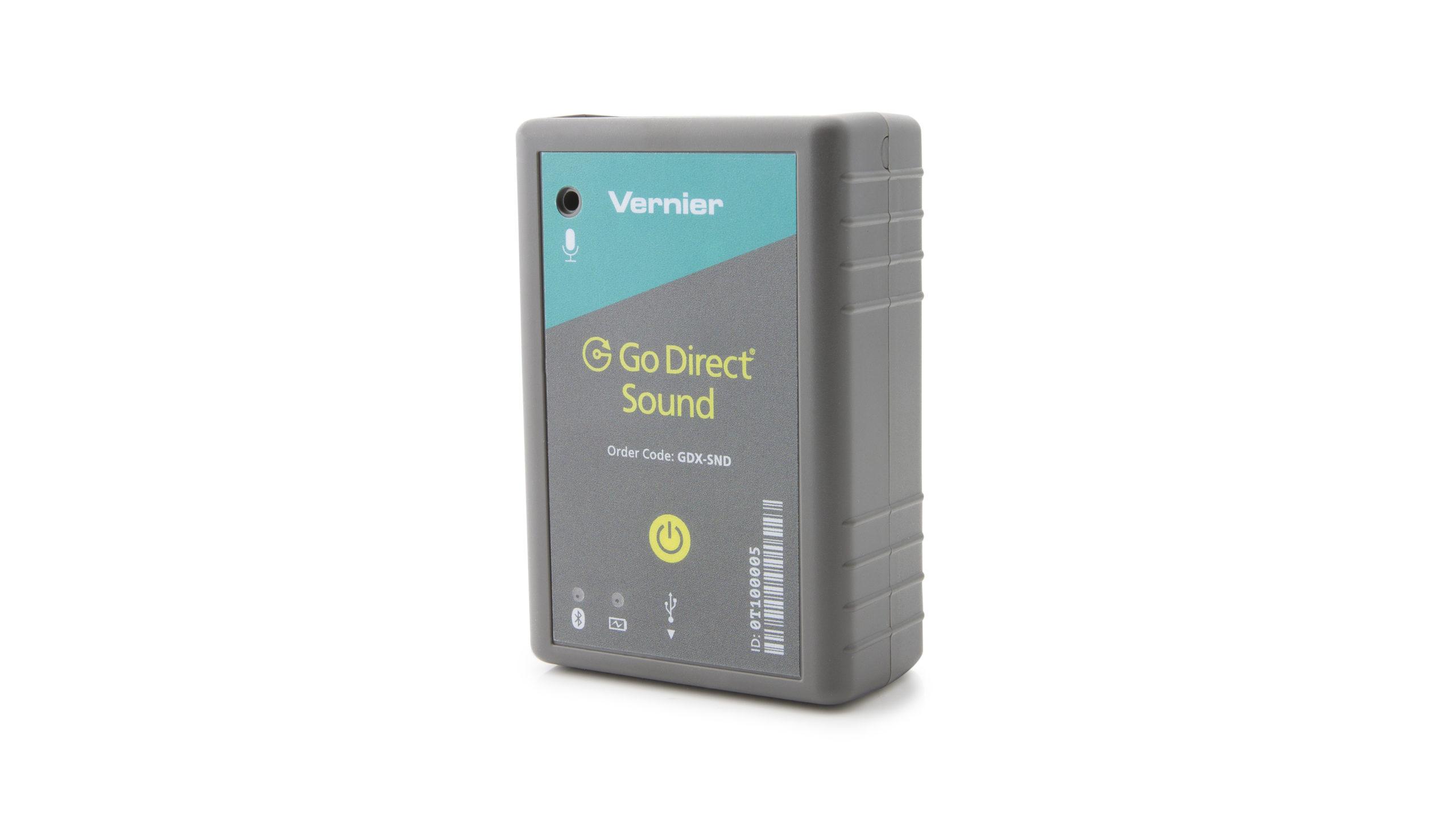
Introduction
In this experiment, you will analyze various common sounds. You will use a Microphone connected to a computer. The data-collection program will display the waveform of each sound, and will perform a Fast Fourier Transform (or FFT) of the waveform. The FFT tells you the amplitudes and frequencies of a collection of sine waves that, when added together, would sound the same as the original waveform.
In the first part of the experiment, you will study the sound of a tuning fork, which produces a tone composed mainly of a single frequency. Next, you will observe the production of overtones on a tuning fork. Overtones whose frequencies are multiples of the fundamental are called harmonic; other overtones are called inharmonic. You will also analyze the sound produced when you say two vowels.
In the last part of the experiment, you will be given a problem to solve. How does the telephone company know what numbers you dial?
Objectives
- Use a Microphone to analyze the frequency components of a tuning fork and your voice.
- Record overtones produced with a tuning fork.
- Examine how a touch-tone phone works.
Sensors and Equipment
This experiment features the following sensors and equipment. Additional equipment may be required.
Option 1

Option 2

Ready to Experiment?
Ask an Expert
Get answers to your questions about how to teach this experiment with our support team.
- Call toll-free: 888-837-6437
- Chat with Us
- Email support@vernier.com
Purchase the Lab Book
This experiment is #34 of Physics with Vernier. The experiment in the book includes student instructions as well as instructor information for set up, helpful hints, and sample graphs and data.

